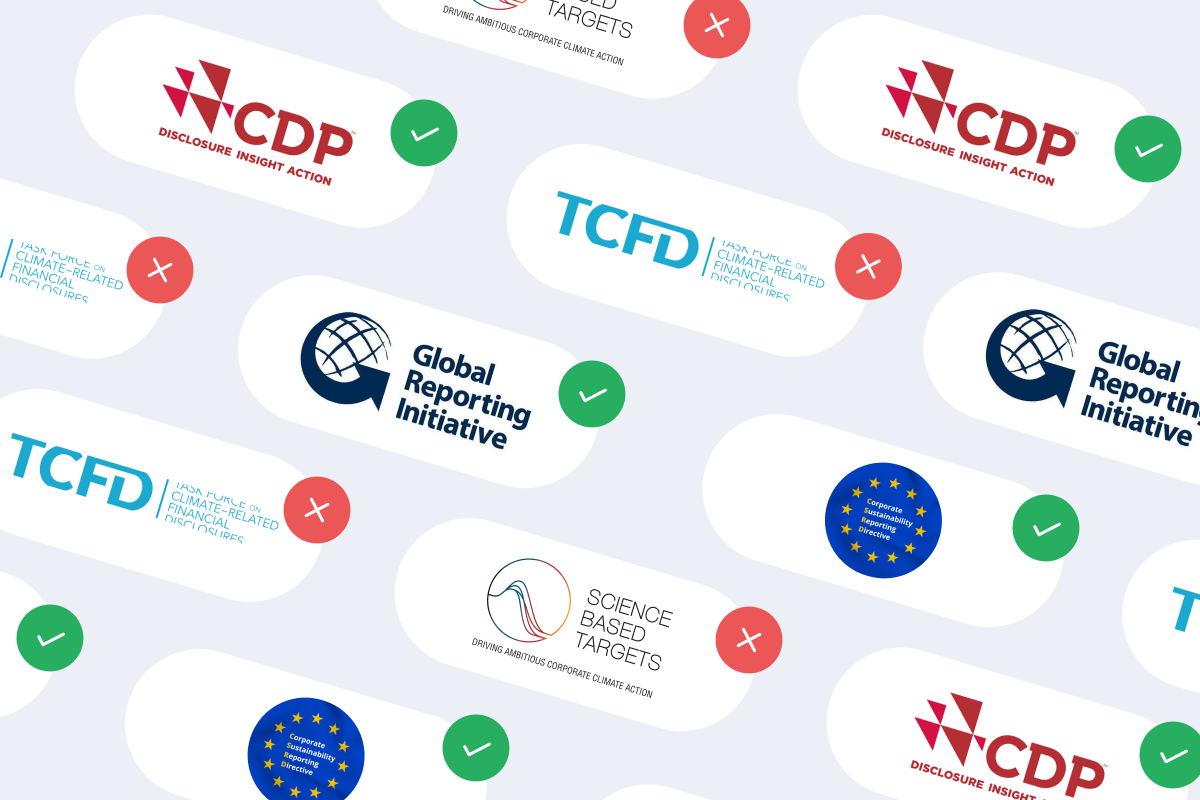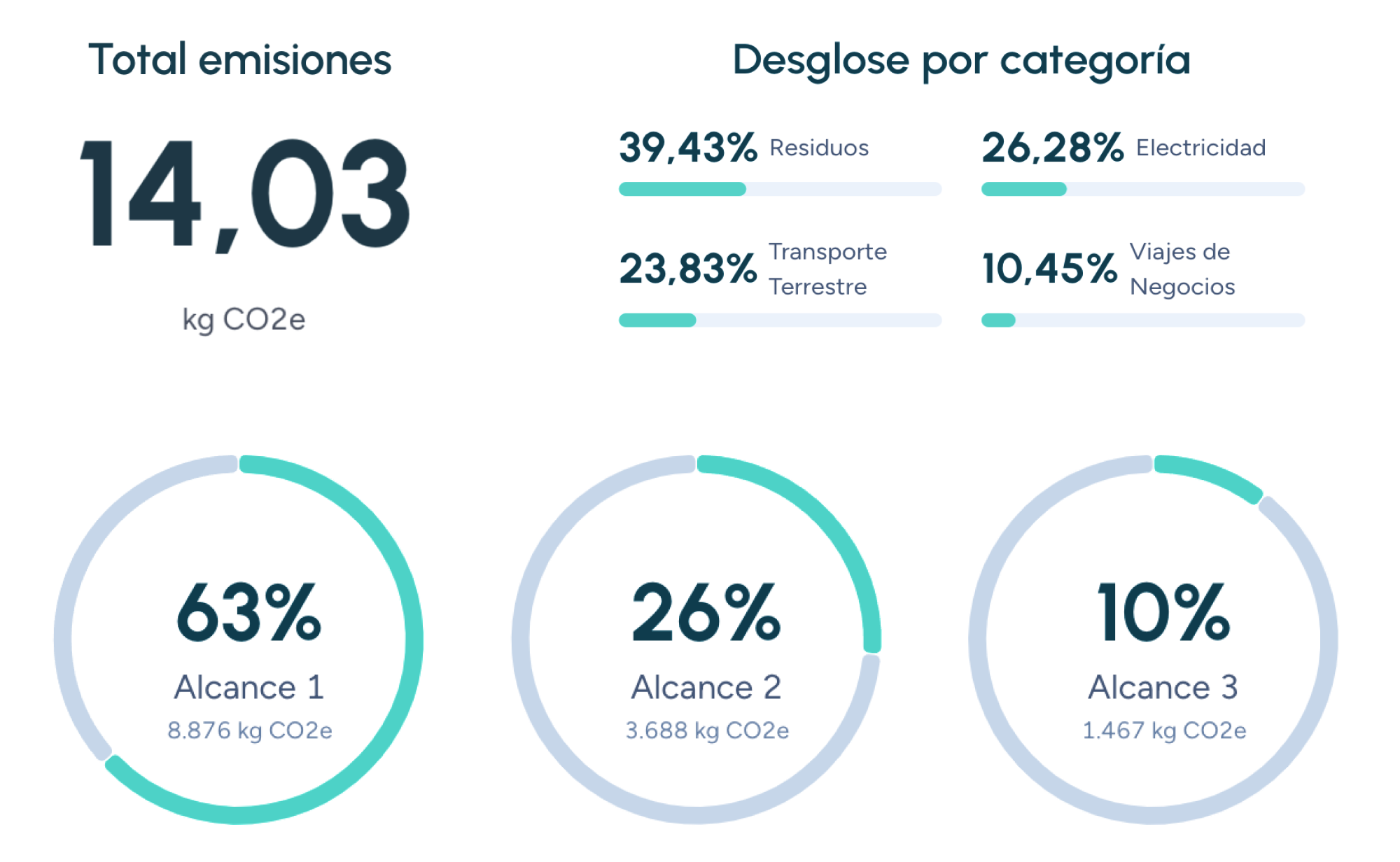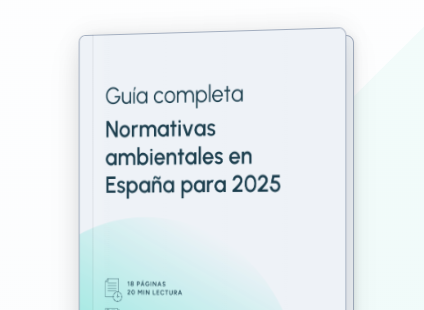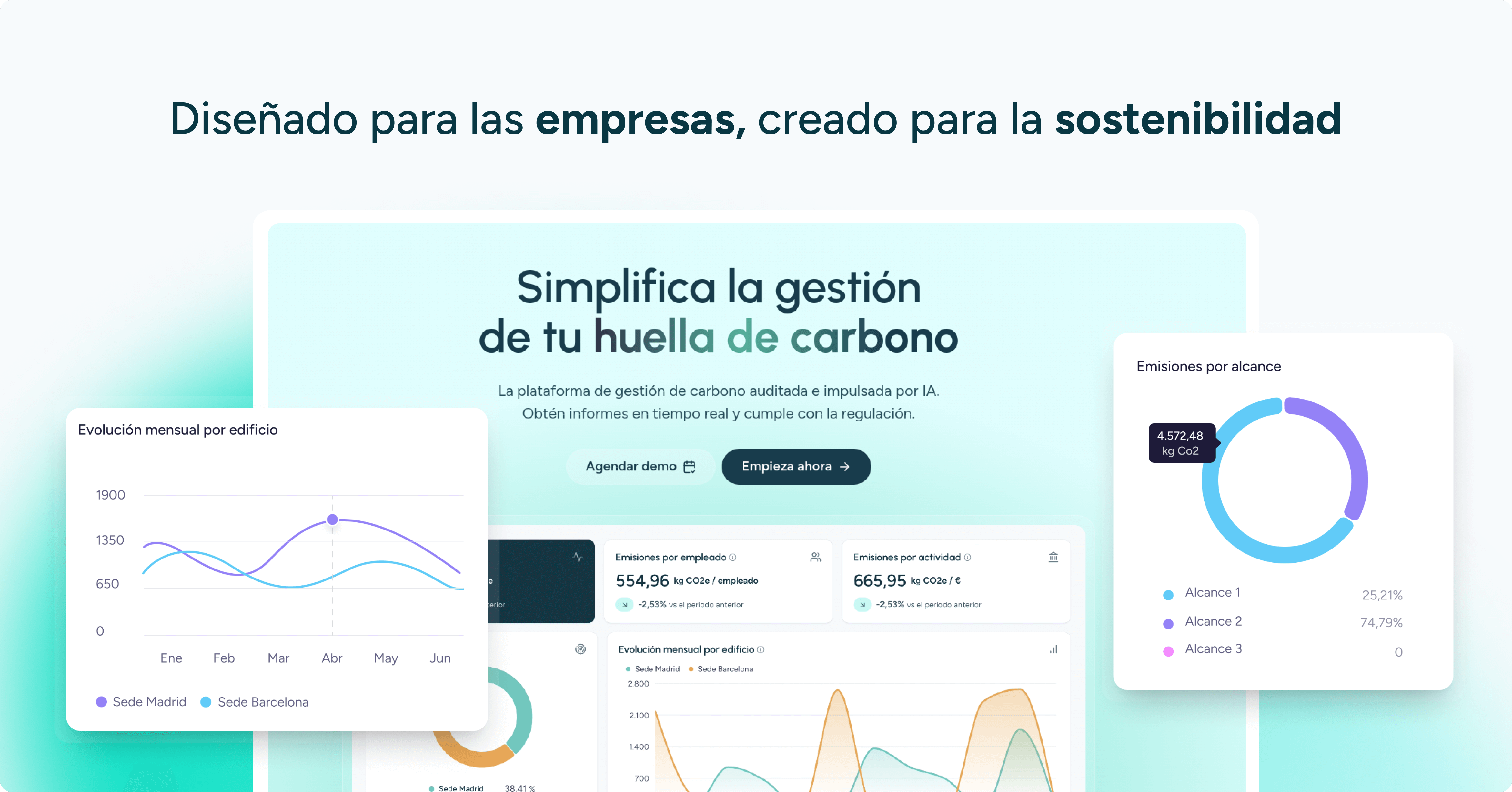Ecodesign
Ecodesign is a methodology for developing products and services that integrates environmental criteria from the earliest conception stages through to the end of life. Its objective is to minimise negative environmental impacts throughout the life cycle while maintaining or improving functionality, quality and cost-effectiveness.
Fundamental Principles
- Full life cycle approach: analysing raw material extraction, manufacturing, distribution, use and end-of-life (Life Cycle Assessment).
- Prevention and reduction: avoiding waste and emissions generation rather than treating them afterwards.
- Resource efficiency: minimising energy, water and material consumption.
- Modularity and repairability: enabling maintenance, upgrades and reuse.
- Sustainable materials: prioritising recycled, renewable or low-carbon raw materials.
Tools and Regulatory Frameworks
- ISO 14006: guidelines for integrating ecodesign into environmental management systems.
- EU Ecodesign Directive: requirements for energy efficiency and durability for energy-related products.
- Product Environmental Footprint (PEF): European metric to assess multicriteria environmental performance.
Business Benefits
- Cost savings: lower consumption of inputs and energy.
- Competitive advantage: differentiation in markets with environmentally conscious consumers.
- Regulatory compliance: anticipating circular-economy regulations.
- ESG investment appeal: improved sustainability ratings.
Success Indicators
- Reduced Product Carbon Footprint (PCF).
- Optimised Green-to-Blue Ratio in agricultural materials.
- Recycled content (percentage by weight).
- End-of-life recyclability rate.
Case Studies
- Electronics: modular smartphone with 70% recycled materials and replaceable batteries.
- Automotive: recyclable polymer bumper and lightweight chassis design reducing fuel consumption by 15%.
- Packaging: cardboard packaging with water-based varnish, 100% recyclable and with 40% less ink.
Challenges and Barriers
- Trade-offs between environmental impact and upfront cost.
- Supply chain complexity: coordination with multiple suppliers.
- Lack of data: incomplete information on materials and processes.
Future Trends
- Digital Twins: virtual simulation to optimise impacts before production.
- EU Ecodesign for Sustainable Products Regulation (ESPR).
- Negative-carbon materials: integration of carbon capture and storage in materials.
Ecodesign is an essential tool for the transition towards a circular economy and product decarbonisation. Integrating environmental criteria from the conceptual stage enables innovation, cost reduction and alignment with the growing demand for sustainable solutions.
Companies that already trust manglai





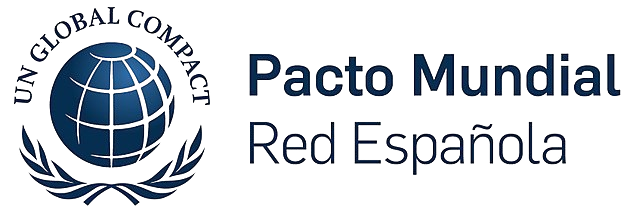








2030 Agenda
The 2030 Agenda is the action plan adopted by all 193 Member States of the United Nations in September 2015.
Blue economy
The blue economy promotes the sustainable use of marine resources to drive economic development, protect the environment, and foster social well-being, addressing challenges such as climate change and marine pollution.
COP (Conference of the Parties)
The COP (Conference of the Parties) is the supreme decision-making body established under the United Nations Framework Convention on Climate Change (UNFCCC).
Guiding businesses towards net-zero emissions through AI-driven solutions.
© 2025 Manglai. All rights reserved
Política de Privacidad